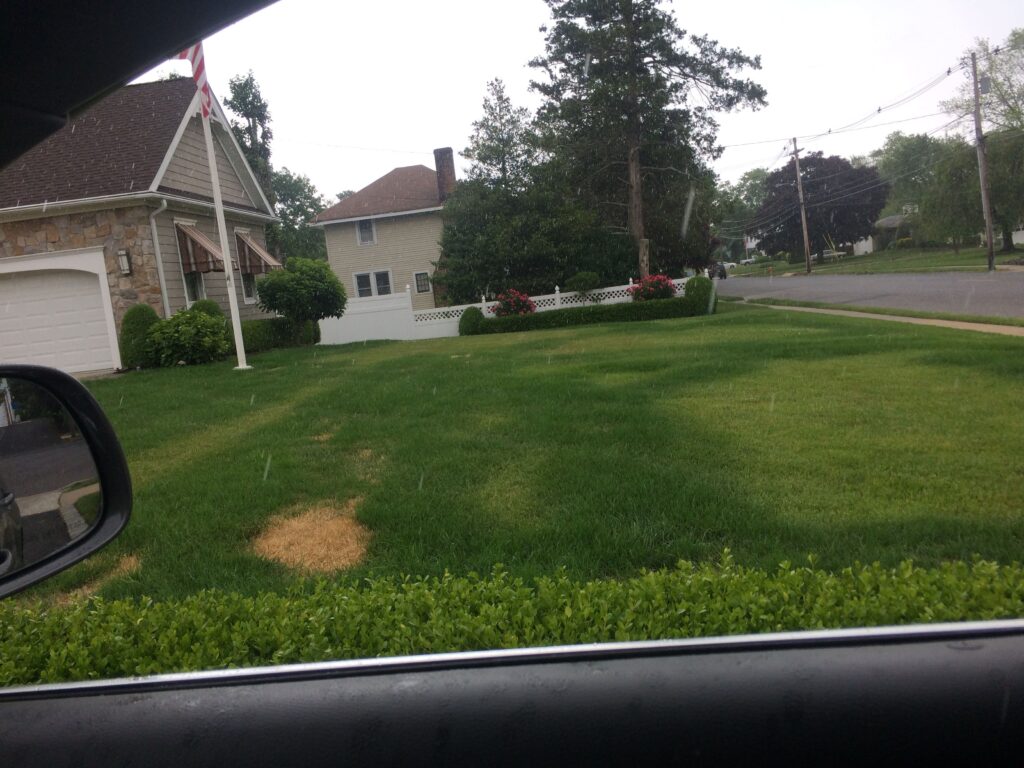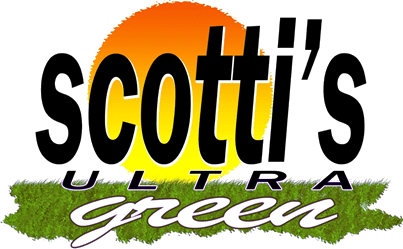Commercial Aeration Services
What is aeration?
Aeration, technically defined as the natural exchange of air between soil and atmosphere, becomes a pivotal practice in lawn maintenance. Specifically termed “core aeration” within the lawn service industry, this method involves mechanically extracting small soil plugs and thatch to enhance natural soil aeration.
What are the benefits of aeration?
Our Commercial Aeration Services contribute to the overall health and reduced maintenance requirements of your lawn by:
- Improved air exchange between the soil and the atmosphere
- Enhanced soil water uptake
- Improved fertilizer uptake and use
- Reduced water runoff and puddling
- Stronger turfgrass roots
- Reduced soil compaction
- Enhanced heat and drought stress tolerance
- Improved resiliency and cushioning
- Enhanced thatch breakdown
Equipment Matters
The effectiveness of aeration treatments is significantly influenced by the choice of equipment. Ideally, turf responds best when core holes are closely spaced and deep. Our equipment utilizes hollow tines to remove soil cores, ensuring an optimal outcome for your commercial landscape.
Why Aeration is Essential
For most commercial lawns, topsoil fertility may be compromised during excavation, leading to the growth of grass in compacted subsoil. Factors such as foot traffic, playing, mowing, and weather conditions further contribute to soil compaction. Aeration becomes essential to relieve soil compaction, enabling deeper root growth and efficient use of water and fertilizers.
Frequency of Commercial Aeration
While annual aeration is beneficial for most lawns, heavily used or compacted lawns may require more frequent treatments. Turf responds best when the spacing of tines is closer and penetration is deeper.
Addressing Thatch Accumulation
Thatch accumulation in commercial lawns can impede the effectiveness of water, fertilizer, and pesticides. Our core aeration process combines soil with thatch debris, promoting better breakdown by soil organisms and reducing accumulation.
Optimal Timing for Aeration
For commercial lawns with cool-season turf grass, such as Kentucky bluegrass and perennial ryegrass, both spring and fall are ideal for aeration. Spring aeration is recommended between March and May, while fall aeration should be conducted from August to November. Aeration, when paired with late-season fertilization, enhances root growth and sets the stage for improved spring green-up and growth.

What can you expect?
Following aeration, your commercial lawn may initially display small plugs pulled from the soil. Within a week or two, these plugs disintegrate into the lawn. Approximately 7 to 10 days post-aeration, white, actively growing roots will fill the aeration holes, indicating improved oxygen, moisture, and nutrient availability. On compacted soils or sloped lawns, you’ll notice immediate improvements in water puddling and runoff after irrigation or rainfall. Over time, with consistent aeration, your commercial lawn will exhibit enhanced heat and drought stress tolerance, making it healthier, more vigorous, and easier to maintain with fewer pest problems. Remember, most commercial lawns benefit from annual aeration, contributing to their overall well-being and long-term vitality.
